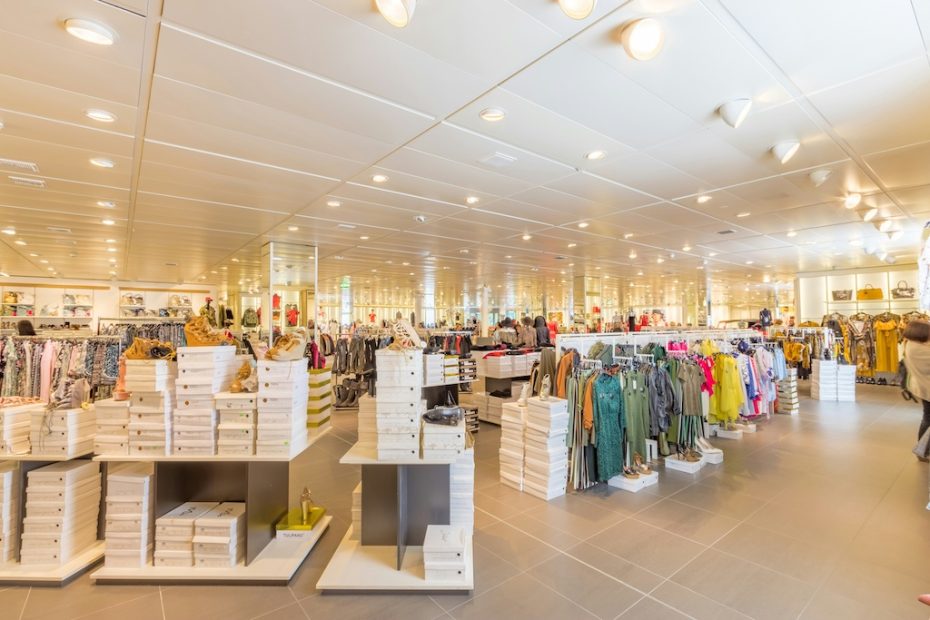Retail store digital signage has become an essential tool for modern retailers aiming to create dynamic shopping environments, enhance customer engagement, and drive sales. Unlike traditional posters or static displays, digital signage allows for real-time content updates, eye-catching visuals, and tailored messaging that speaks directly to shoppers at the point of decision. As retail continues to evolve in the face of online competition and changing consumer expectations, digital signage provides a flexible and powerful platform to attract attention, inform customers, and elevate the in-store experience.
Driving customer engagement and experience
One of the most significant benefits of digital signage in retail is its ability to elevate the customer journey from entry to checkout. When strategically placed throughout the store at entrances, near product displays, and at the point of sale digital screens capture attention and draw customers into the brand story. With high-resolution visuals and motion graphics, retailers can highlight seasonal campaigns, introduce new collections, and promote bestsellers in a visually compelling way.
Digital signage can also personalize the shopping experience. By tailoring content based on time of day, customer demographics, or even weather conditions, retailers can create relevant, context-aware messages that resonate more deeply with shoppers. For example, promoting hot drinks and cozy wearables on a cold day makes the signage not just visually appealing but also practical and timely.
Boosting sales with targeted promotions
Digital signage gives retailers the flexibility to update promotions in real time, allowing for agile marketing strategies. Whether it’s a flash sale, a daily deal, or a limited-time offer, in-store digital signage screens can drive immediate action from customers. The ability to create urgency with countdown timers or highlight “last chance” items helps move inventory quickly and encourages impulse buying.
Moreover, digital signage can be used to promote cross-selling and upselling opportunities. Near the shoe section, for instance, a screen might display matching accessories or special bundle offers. This strategic placement of promotional content helps increase average basket size while also providing a more curated shopping experience for the customer.
Educating and informing shoppers
In addition to promotional content, digital signage serves as a valuable educational tool in retail spaces. Screens can share product features, how-to videos, styling tips, or even customer testimonials. This type of content empowers shoppers with the information they need to make confident purchasing decisions—especially useful for complex products like electronics, cosmetics, or specialty foods.
Interactive digital signage takes this a step further. Touch-enabled displays allow customers to explore product catalogs, search for sizes or availability, and even read reviews. These experiences bridge the gap between online and offline retail, offering the convenience of e-commerce within the physical store environment.
Enhancing brand identity and store ambience
Retail digital signage plays a crucial role in reinforcing brand identity. High-quality visuals, brand videos, and consistent design elements across screens help create a cohesive and immersive atmosphere. For fashion retailers, screens showcasing runway footage or behind-the-scenes content add an aspirational layer to the in-store experience. For lifestyle brands, digital signage can help tell stories that reflect brand values, sustainability efforts, or community initiatives.
The ambience of a retail space is directly influenced by its visual and auditory elements. With digital signage, retailers can incorporate music videos, seasonal animations, or even scent-driven visuals to create a multi-sensory experience that invites customers to linger longer and explore more.
Streamlining operations and communication
From an operational perspective, digital signage offers a streamlined way to manage content across multiple locations. A centralized content management system (CMS) allows marketing teams to update displays instantly and consistently, ensuring that promotions, branding, and legal notices are always up to date. This saves time, reduces printing costs, and eliminates the manual labor involved in swapping out physical signage.
Internal communication is also enhanced with digital signage. In staff-only areas, screens can be used to display shift schedules, training updates, or motivational messages, helping to keep team members informed and aligned with store goals.
Adapting to the future of retail
As retail continues to merge the digital and physical worlds, digital signage is at the heart of this transformation. It supports a more agile and responsive approach to marketing, helps retailers collect data on shopper behavior, and enables new forms of interaction through integration with mobile devices and AI.
With advances in analytics, retailers can track which content performs best, optimize screen placements, and make data-driven decisions about their in-store experience. As consumer expectations for personalization and immediacy grow, digital signage will remain a critical investment for future-ready retail spaces.
Retail store digital signage is more than just a tool for displaying ads, it is a dynamic and interactive platform that enhances every aspect of the customer journey. From engaging storytelling and personalized promotions to operational efficiency and brand elevation, digital signage helps retailers create experiences that not only attract customers but also convert them. In a competitive retail landscape, embracing this technology can be the key to standing out and thriving.
